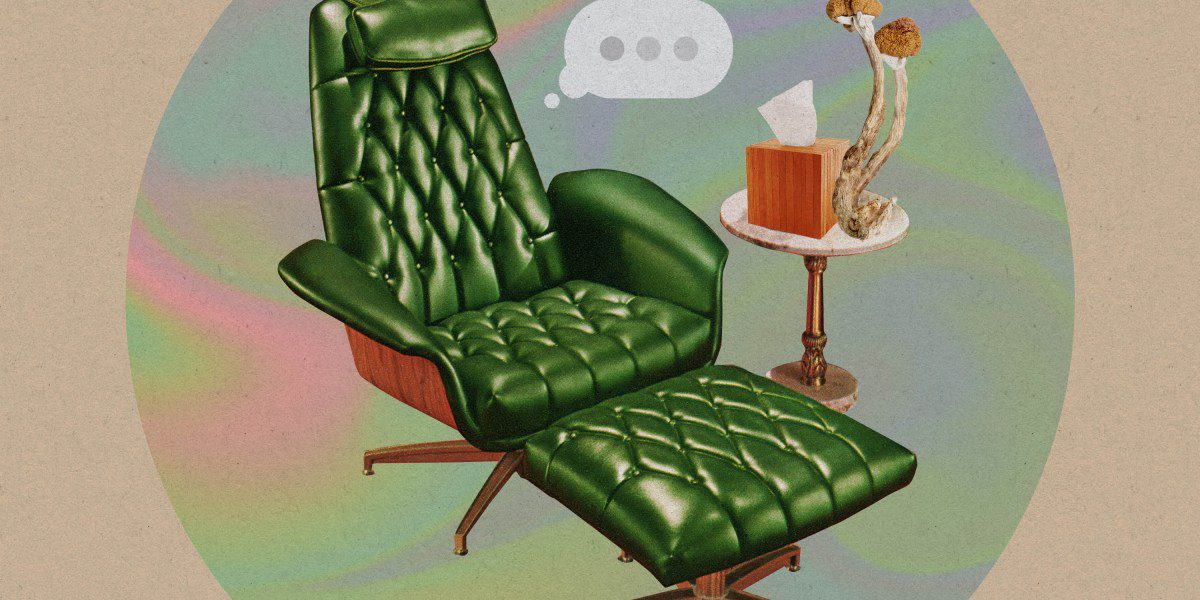The Rise of AI Chatbots as Psychedelic Trip Sitters: What You Need to Know
Ever wondered about using an AI chatbot as a “trip sitter” during your psychedelic journeys? You’re not alone! People are increasingly turning to AI for emotional support during trips, tapping into a mix of therapy and psychedelic exploration. But let’s face it: while this may sound revolutionary, experts warn it might not be the best idea.
A Potent Mix of Technology and Psychedelics
Let’s kick things off with Peter’s story. He recently shared how he used an AI chatbot while experimenting with psychedelics. He’s definitely not the only one. More and more folks are taking to platforms like Reddit to discuss their experiences, referring to AI as a digital companion during those intense trips. The blend of AI therapy and psychedelics has some thinking they’ve found a magic bullet for their mental health — this combination is stirring up a lot of interest!
On one hand, there’s a lot of excitement around the efficacy of psychedelics for conditions like depression or PTSD. Cities are decriminalizing these substances, opening up avenues for therapy that were previously blocked. On the flip side, the high costs of licensed treatments in places like Oregon — running up to $3,200 per session — make AI chatbots seem like an appealing alternative.
But can a chatbot really fill that role?
Is Therapy Without a Human Touch a Recipe for Disaster?
Experts are raising eyebrows. They argue that AI chatbots simply don’t have the ability to provide the warmth and nuance that human therapists do. When someone is on a psychedelic trip, knowing when to speak and when to listen is essential. An AI might misinterpret emotional cues, leading to potentially negative experiences. After all, your mind might feel like it’s unraveling, and a poorly-timed bot response could make things far worse.
Many users have shared their experiences online, with mixed results. One user described chatting with an AI midway through a trip and praised it for keeping them centered and positive. Another user stated that while an AI can offer some solace, it doesn’t replace the empathetic presence of a real human.
So, it raises a big question: Is it really worth the risk when the stakes are so high?
Chatbots for Psychedelics: Getting Support, Not Therapy
Now, enter specialized chatbots aimed at helping users navigate their psychedelic experiences. Programs like TripSitAI promise to guide users through overwhelming moments, while others may emulate the spirit of a wise old sage. While these bots may offer some level of support, they lack the comprehensive understanding that comes from a trained therapist.
Here’s a little food for thought: Would you trust a robot with your deepest emotions during such a vulnerable state?
Conclusion: A Cautionary Tale
In the end, while the prospect of AI chatbots as trip sitters sounds intriguing, it’s essential to tread carefully. Experts urge caution, reminding us that technology can’t replace the depth of human connection, especially in therapeutic settings.
So, what’s your take? Are you tempted to give a chatbot a shot during your next trip, or would you rather stick with tried-and-true human support?
Want more insights like this? Let’s keep the conversation going!

One thought on “AI as a Trip Sitter: 7 Powerful Ways It Enhances Psychedelic Experiences”